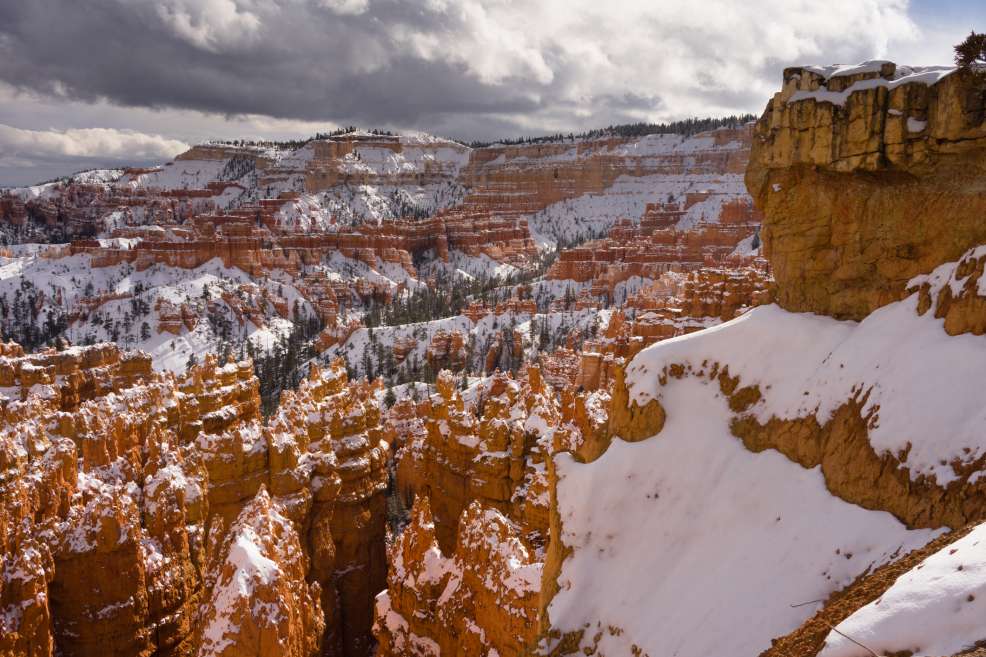As the government shutdown continues into its fourth week, Utah officials stated that the state is in "decent" shape but won't be able to help keep federal programs open long term.
In a statement released to the Deseret News on Monday, Kristen Cox, executive director of the Governor's Office of Management and Budget stated, "We are not in position to keep all programs open indefinitely. We can keep some programs open, some services going. We would have to prioritize and determine how long. We are not in a position to just backfill all of the federal programs in the state."
As the shutdown continues, the state of Utah will release an update weekly on where it stands until an to the shutdown occurs.
Cox stated that state officials are starting to make plans incase the shutdown continues into weeks six or more, including dipping into the state's $820 million rainy day fund if necessary.
During the length of the shutdown, Utah has spent $66,000 of the $80,000 which were originally allocated to help keep the national parks located within the state open. The funds contributed from the state have covered about one-quarter of the costs to maintain them open over the past 3 weeks, with the remainder of funds coming from private foundations, non-profits and local governments.
Park Updates
Bryce Canyon National Park will continue to stay open for the next 10 days thanks to funding provided by the Bryce Canyon Natural History Association. The budget office stated that the state might step in with "nominal" contributions to help keep the park open through January.
The Utah Office of Tourism agreed to spend an additional $4,275 to keep Zion National Park open through today. According to the budget office, they anticipate that private funding will continue to help keep the park open through the remainder of the month.
The governor's office is working with the Utah Office of Tourism to finalize a longer term plan for the parks.
"We want to make sure people can plan out weeks in advance. We know what we can do for the next six weeks, two months, if this continues," said Cox. "If we can't sustain it after a few months, then we'll have alternative plans for people to visit state parks."

